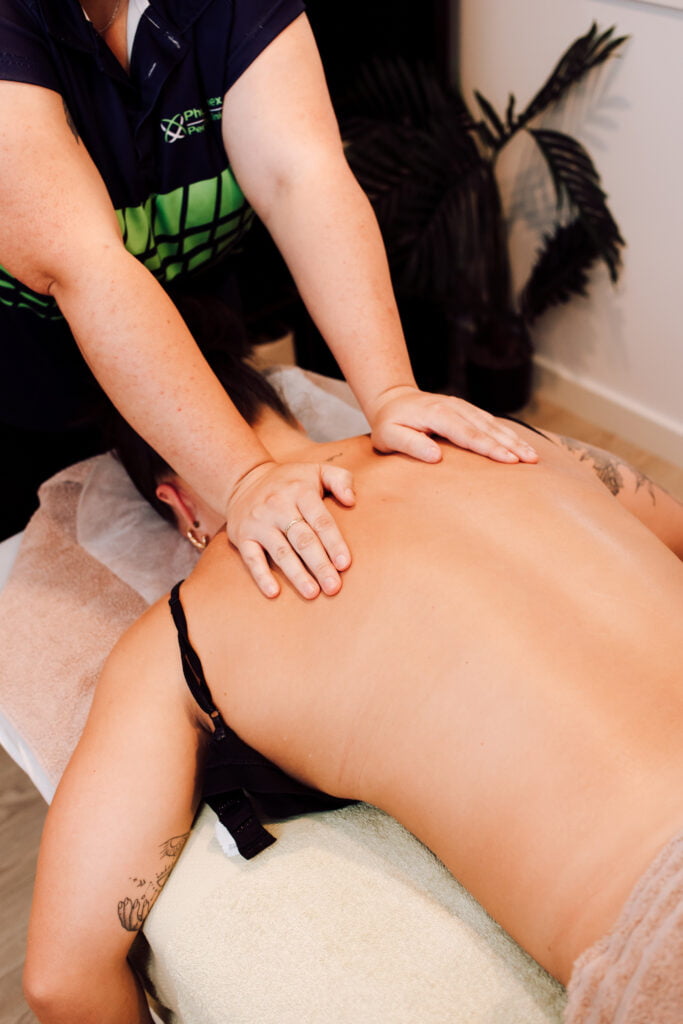Here are a few tips on getting the most out of your massage!
Firstly, eat lightly before your massage, and be sure to drink plenty of water. During your massage, your therapist will be flushing waste products such as lactic acid out of your muscles and into your bloodstream. If you’re well hydrated prior to your massage, your body will flush out more of these waste products and do so with more effectiveness.
If you are living with a major medical condition, it is important to ask your doctor if massage therapy is right for you. Your physician may even be able to provide a list of massage therapists who are trained to work with patients undergoing medical care. We have trained remedial massage therapists who treat most conditions, so please give us a call and our front desk staff can help you with your questions.
Our Pre-Massage Intake Procedure
Arrive early!
Relax!
Don’t’ rush!
We will conduct a short consultation with you before your massage, and will ask you to fill out a short health history questionnaire in the waiting room. It’s important to be honest with your practitioner about your aches and pains, the medications you take, and any serious health conditions you may have. We also have an additional consent form for those who request dry needling within their consult. You are also able to tell your massage therapist which areas you want them to work on and which ones to avoid.
What Happens During Your First Massage?
After you discuss your health history with your massage therapist, we will give you a sheet or towel with which to cover yourself and leave the room while you undress. Professional practitioners are trained to use draping techniques that only expose the area of your body they’re working on. You are always in control and have the ability to pause or stop the session at any time.
We tailor the room temperature as best we can and in the winter months, we can use warmed blankets. Massages can also bring up deeper emotions like joy, sadness, or exhaustion. Always feel free to communicate with your massage therapist; you may want them to change techniques, music, draping— or even take a break.
Remember to Breathe: You may feel mild pain when your massage therapist works on a tender spot or a knotted muscle. Keep breathing deeply if you feel any discomfort—this will help you relax the muscle, soothe the pain, and release your tension.
Take Your Time Afterward
We will advise you to get up very slowly and to take time to adjust to your new, relaxed body. We will offer water, advise to relax that afternoon, and don’t rush back into your busy life.
To book your first consultation with our remedial massage therapist, please click here to book online or call 43145183.

